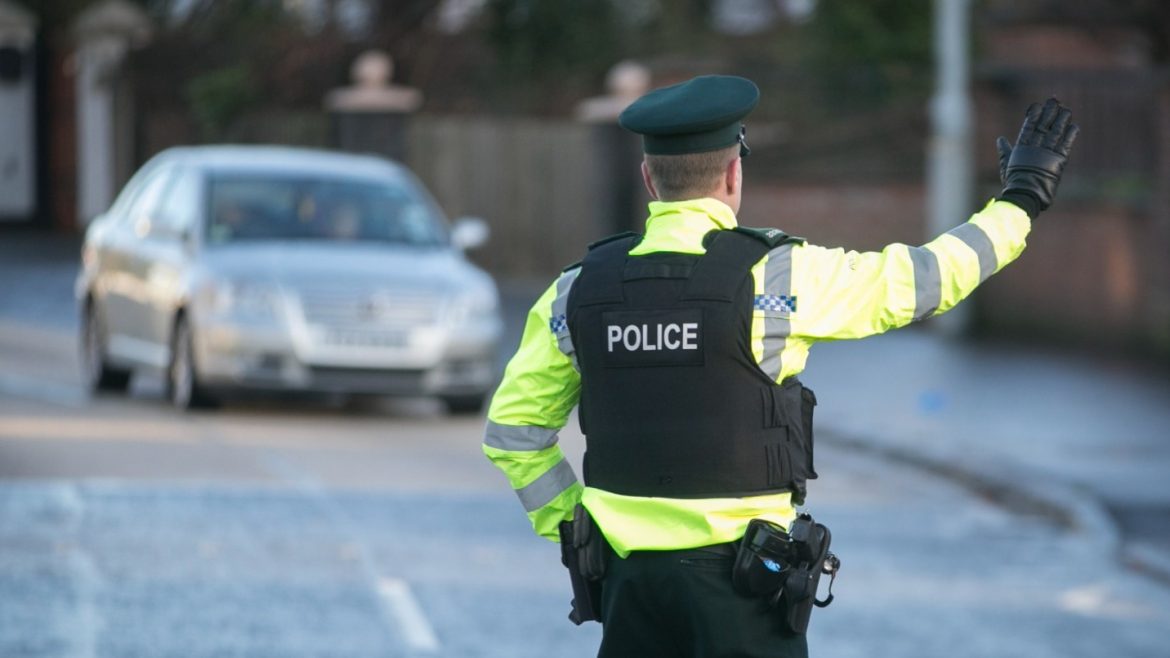Thousands of motorists have been caught drug-driving at least four times, sparking calls for ministers to consider introducing rehabilitation courses for offenders.
A total of 33,020 British drivers were convicted of the offence multiple times in the 11 years to July 20 2024, official figures obtained by the PA news agency reveal.
During that period, 3,431 were caught on four or more occasions, including 54 who were prosecuted at least 10 times.
The figures are a snapshot of the number of DG10 endorsements on driving records on July 20 this year, taken from Driver and Vehicle Licensing Agency statistics released in response to a freedom of information request.
The endorsements – which last for 11 years from the date of the offence – are given to motorists convicted of driving or attempting to drive with a drug level above the specified limit.
Nicholas Lyes, policy and standards director at road safety charity IAM RoadSmart, said: “The fact that so many drivers have been caught multiple times shows the message about the dangers of drug-driving appears not to be getting through.
“Separate research by IAM RoadSmart indicates that one in seven (16%) drivers aged 17-34 admitted to getting behind the wheel after taking class A drugs, indicating how vital it is to tackle this growing epidemic.
“We urgently need a new approach to combat drug-driving which focuses on both greater enforcement and establishing rehabilitation courses to reduce reoffending.
“The evidence shows that those taking equivalent drink-drive courses are almost three times less likely to reoffend than those who don’t.
“Ministers must consider expanding similar courses to those with drug-driving convictions.”
Some people convicted of drink-driving are offered the opportunity to reduce their driving ban by completing a rehabilitation course.
The 16-hour courses – usually run over three days within a three-week period – aim to change participants’ behaviour and prevent reoffending.
Drug-driving rules consist of very low limits for eight illegal drugs such as cocaine and cannabis, risk-based limits for eight drugs that have a medical use, and a separate approach to amphetamines that aims to balance legitimate medical use with abuse.
Department for Transport (DfT) figures show the number of people killed in crashes on Britain’s roads when a driver was impaired by drugs rose from 55 in 2014 to a record 134 in 2023.
In October, Shaun Mulligan, then 48, of Seaside in Eastbourne, East Sussex, was given a five-year prison sentence and disqualified from driving for seven-and-a-half years after admitting causing death by careless driving while over the limit for drugs and alcohol.
He crashed a scaffolding van into a car travelling in the opposite direction on the A281 near Henfield, West Sussex, in November 2022, killing its 71-year-old driver, Jennifer Allen.
Mulligan tested positive for benzoylecgonine – the chemical breakdown of cocaine – and was nearly double the drink-drive alcohol limit.
Transport Secretary Heidi Alexander recently hinted that drug-driving rules could be toughened as part of a road safety strategy being developed by the Government.
She told radio station LBC earlier this month: “The laws around drink-driving and drug-driving, it might be time for us to have a look at those.”
A DfT spokesperson said: “There are already strict penalties in place for those who are caught driving under the influence of drugs.
“The department takes road safety very seriously, and we are committed to reducing the number of those killed and injured on our roads.”
– This is the number of DG10 endorsements on driving records as of July 20 2024:
1: 79,936 drivers
2: 23,333
3: 6,256
4: 2,016
5: 725
6: 384
7: 137
8: 77
9: 38
10: 30
11: 10
12: Eight
13: One
14: Two
16: Two
18: One
Total: 112,956










